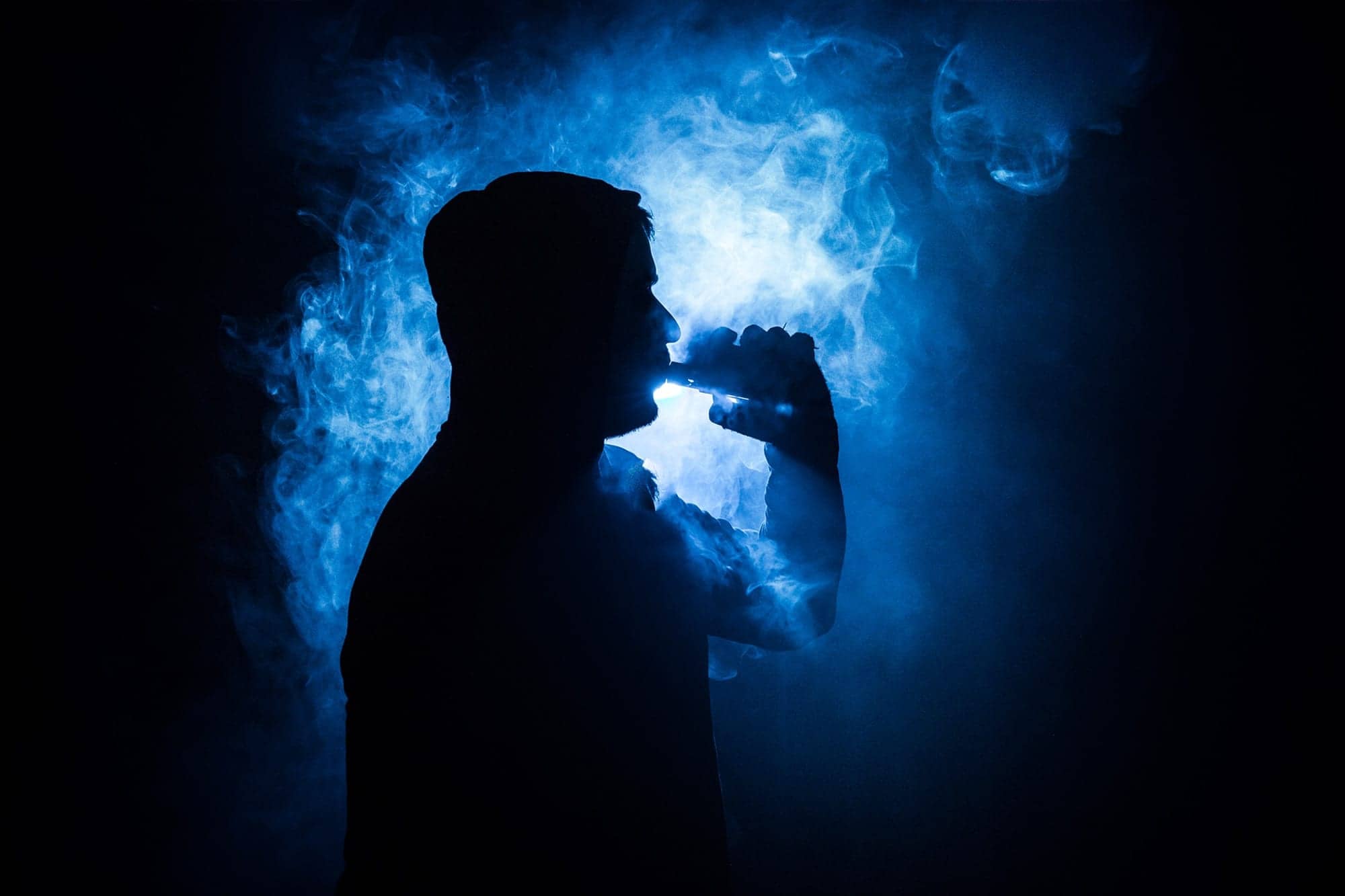Vaping is associated with respiratory symptoms including wheeze, bronchitic symptoms, and dyspnea in young adults, independent of combustible cannabis and cigarette exposures, according to research published online in Thorax.
The findings prompt the US researchers to call for the respiratory effects of vaping products to be included in regulatory oversight.
Latest US estimates indicate that 14% of high school students vaped in 2022. And it’s known that e-cigarette aerosol contains substances that harm the lungs. Several published studies have reported respiratory symptoms among teen and young adult vapers. But most of these have focused exclusively on e-cigarette use without considering the potential impact of concurrent cigarette and/or cannabis use on respiratory health.
The researchers therefore tracked the respiratory health of participants in the Southern California Children’s Health Study between 2014 and 2018. Some 2097 students (average age 17) completed a survey on their use of tobacco products and respiratory symptoms in 2014 (wave 1). Further survey information was collected from 1609 of them in 2015 (wave 2), from 1502 in 2017 (wave 3), and from 1637 in 2018 (wave 4).
At each survey wave, participants were asked about ever and past 30-day use of e-cigarettes and conventional cigarettes. Cannabis use was added to the questions at wave 3. Bronchitic symptoms were defined as a daily cough for 3 months in a row or bronchitis in the previous 12 months, or congestion or phlegm other than when accompanied by a cold. Wheeze was defined as wheezing or whistling in the chest in the previous 12 months, and shortness of breath as occurring in response to hurrying on level ground or walking up a slight hill.
The final analysis included 2094 young people, almost half of whom were women. At wave 1 —the only time this question was asked—476 (23%) respondents reported a lifetime history of asthma.
Current wheeze and shortness of breath varied by wave, with bronchitic symptoms the most commonly reported symptom at each wave: 19.5%, 22.5%, 23.5% and 26%, respectively. Prevalence of past 30-day e-cigarette use was just under 12% at waves 1 and 2 and 11% (wave 3), but it increased to more than 15.5% at wave 4. The odds of wheeze were 81% more likely among past 30-day e-cigarette users than among never users. Similarly, the odds of bronchitic symptoms were twice as likely, while those of shortness of breath were 78% more likely after accounting for survey wave, age, sex, race and parental education.
Further adjustment for concurrent use of cigarettes and cannabis and secondhand exposure to e-cigarettes, cigarettes, and/or cannabis slightly weakened all the observed associations, but these still remained statistically significant, except for wheeze.
And the estimates of vaping effects were slightly stronger among those with no potentially influential past 30-day cigarette or cannabis use, point out the researchers.
Associations also persisted in further analysis that excluded those with a lifetime history of asthma, indicating that the observed associations applied to all participants, not just those with asthma, add the researchers.
Although the findings echo those of experimental research, this is still an observational study and so no firm conclusions can be drawn about cause and effect.
The researchers also acknowledge various limitations to their research: the study relied on self-report; and questions on shortness of breath and cannabis weren’t included until survey waves 2 and 3, respectively.
And unlike cigarettes, which can be quantified by number smoked a day, validated questionnaire-based methods for assessing vaping frequency weren’t available to the researchers, added to which vaping products come in many different forms, strengths, and flavours, all of which may have influenced the respiratory effects reported.
Nevertheless, the researchers conclude: “This study contributes to emerging evidence from human and toxicological studies that e-cigarettes cause respiratory symptoms that warrant consideration in regulation of e-cigarettes.
“It suggests that regulatory assessments of the population health cost underestimate the effects of late adolescent and young adult e-cigarette, cannabis and tobacco product use.”








